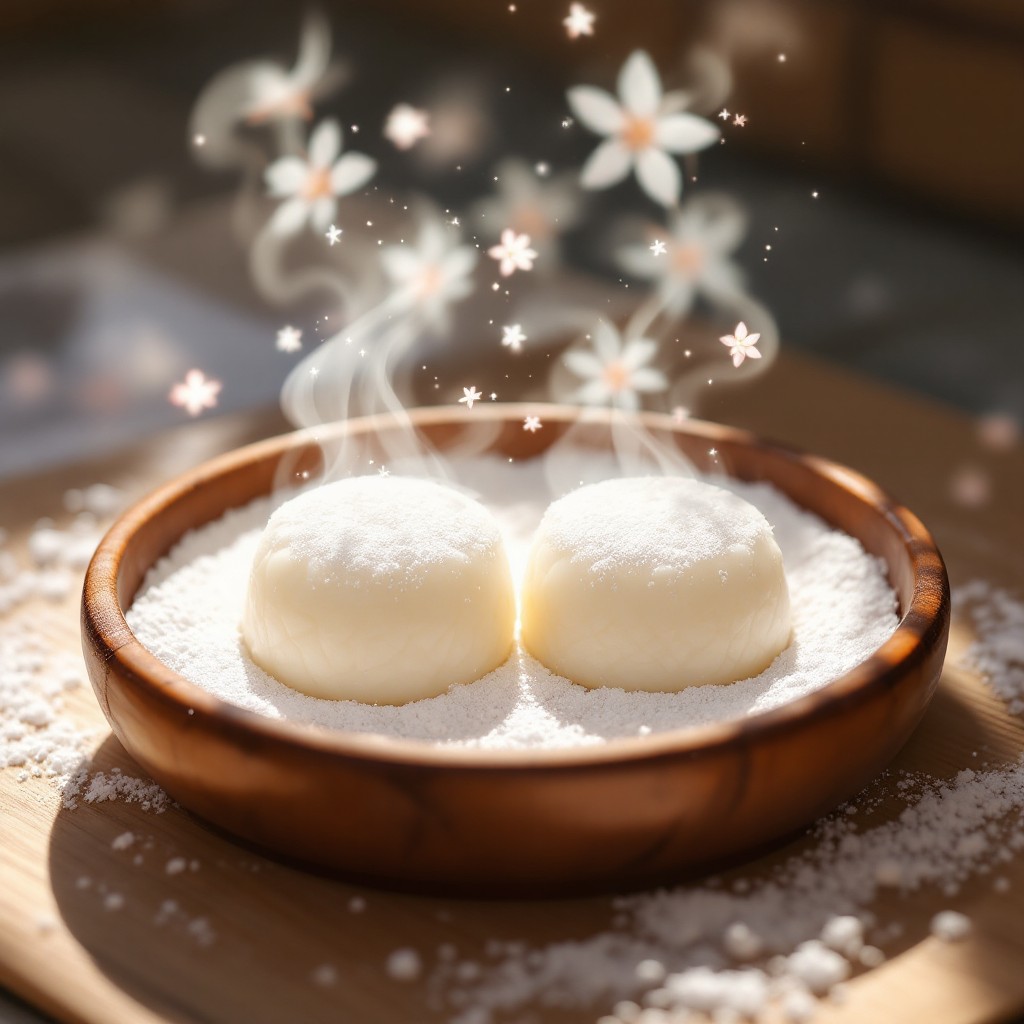Introduction
Mochi Health, that delightfully chewy Japanese confection, has taken the world by storm. From trendy mochi ice cream to traditional daifuku, this stretchy rice cake has become a global sensation. But as we pop these pillowy treats, many of us wonder: Is mochi actually good for us? Let’s chew on the facts—both the sweet and the sticky.
What Exactly Is Mochi?
Before we dive into its health effects, let’s understand what mochi really is. At its core, mochi is made from mochigome, a special short-grain glutinous rice (despite the name, it’s naturally gluten-free). The rice is steamed, pounded into a smooth, elastic dough, and then shaped into various forms.
Traditional mochi comes in many varieties:
-
Plain mochi (often toasted or boiled)
-
Daifuku (stuffed with sweet red bean paste)
-
Sakura mochi (wrapped in pickled cherry leaves)
-
Modern twists like mochi ice cream or chocolate-filled versions
The preparation method matters—artisanal mochi made the old-fashioned way differs nutritionally from mass-produced supermarket versions loaded with preservatives and extra sugars.
The Bright Side: Potential Health Benefits
-
Naturally Gluten-Free
For those with celiac disease or gluten sensitivity, traditional mochi is a safe bet—as long as it hasn’t been cross-contaminated. Always check labels if you’re buying pre-packaged varieties. -
Low in Fat
Compared to buttery pastries or creamy desserts, plain mochi is virtually fat-free. This makes it a lighter option—if you watch your portions. -
Quick Energy Boost
The high carbohydrate content provides fast fuel, which athletes sometimes use before endurance activities. In Japan, ozoni (a savory mochi soup) is traditionally eaten on New Year’s morning for sustained energy. -
Fermented Mochi Varieties
Some regional versions use koji (fermented rice), which may offer probiotic benefits for gut health—similar to sake or miso.
The Sticky Truth: Health Considerations
-
Sugar Shock
While plain mochi is relatively benign, popular filled versions can be sugar bombs. A single piece of ichigo daifuku (strawberry mochi) can contain up to 15g of added sugar—that’s nearly 4 teaspoons! -
Calorie Density
Don’t let its small size fool you. Mochi packs about 100 calories per ounce, and its addictive chewiness makes overeating easy. -
Choking Hazard
Every year, Japanese hospitals see mochi-related choking incidents, especially among elderly and children. Its sticky texture demands careful chewing—never gulp it down hastily. -
Blood Sugar Spikes
The refined rice flour has a high glycemic index, which may cause rapid blood sugar fluctuations—a concern for diabetics or insulin-resistant individuals.
Mochi vs. Other Desserts: How Does It Stack Up?
Let’s compare mochi to common Western treats (per 100g):
| Dessert | Calories | Sugar (g) | Fat (g) | Fiber (g) |
|---|---|---|---|---|
| Plain mochi | 240 | 5 | 0.5 | 1 |
| Cheesecake | 320 | 25 | 22 | 0.5 |
| Milk chocolate | 535 | 50 | 30 | 3 |
| Fruit sorbet | 120 | 28 | 0 | 1 |
The verdict? Plain mochi is lower in sugar and fat than many alternatives, but filled versions can rival cheesecake in sweetness.
How to Enjoy Mochi Mindfully
-
Portion Control
Stick to 1-2 small pieces (about the size of a ping pong ball) as an occasional treat. -
DIY Healthier Versions
Try making mochi at home using:-
Less sugar in fillings
-
Alternative sweeteners like monk fruit
-
Nutrient-boosting add-ins like matcha or black sesame
-
-
Smart Pairings
Combine mochi with protein or fiber to slow sugar absorption:-
Have it with unsweetened green tea
-
Pair with a handful of almonds
-
Try savory versions with grilled fish or vegetables
-
-
Cultural Appreciation
In Japan, mochi is traditionally eaten during celebrations—not as an everyday snack. Adopting this mindset helps maintain balance.
Final Thoughts: A Treat Worth Savoring
Mochi isn’t a health food, but it’s not junk food either. Like dark chocolate or a glass of wine, it belongs in the “enjoy in moderation” category. The healthiest approach? Choose quality over quantity, opt for simpler versions when possible, and most importantly—savor each bite slowly. After all, food isn’t just about nutrition; it’s about culture, pleasure, and the joy of sharing something delicious.
So next time you unwrap that delicate mochi, take a moment to appreciate its centuries-old heritage before indulging. Your taste buds—and your health—will find the perfect middle ground.
You may know about the following
Nutritional Yeast Substitutes for Savory Dishes | Nooch Alternatives





